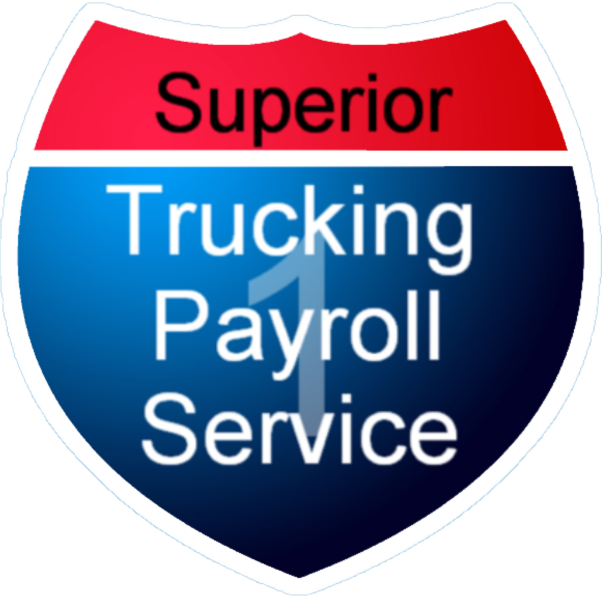Ways We Look Out for Your Business From operating accounts...
Read More
Truck drivers play a crucial role in ensuring the smooth and timely delivery of goods. However, one of the most important decisions for trucking companies is how to compensate their drivers. Should they be paid by the mile, by the hour, or by load? Each method has its advantages and disadvantages. Choosing the right one can have a significant impact on both drivers and the trucking company as a whole. In this article, we will examine the pros and cons of each payment method to help trucking companies make the best decision for their drivers.
Pay truck drivers by the mile:
Paying truck drivers “by the mile” is the transportation industry’s most widely used compensation method. This payment model compensates drivers based on the number of miles traveled in a day. Paying by the mile is favored because it’s easy to calculate and gives drivers a sense of control over their earnings. However, this payment method has a significant drawback, it doesn’t consider external factors such as traffic, weather, or road conditions. These factors could impact a driver’s ability to cover a specific distance within a given time frame. Additionally, truck drivers may feel compelled to drive beyond the speed limit to work shorter hours with the same mileage to increase their earnings. This scenario can create serious safety risks and increase the likelihood of road accidents.
Pay truck drivers by the hour:
Paying by the hour differs from paying by the mile. This method is generally used for local work or yard work. Drivers are compensated based on the number of hours worked, similar to office pay. Drivers are compensated for their time, regardless of distance traveled, using this method. It also encourages drivers to drive slowly and carefully, lowering the chances of an accident. Paying drivers by the hour, on the other hand, can be difficult to track precisely because drivers may take breaks or experience unexpected delays during the course of their workday. This makes accurate pay calculation more difficult and may lead to disagreements between drivers and their employers.
Pay truck drivers by the load:
The third payment method for truck drivers is by the load, generally a percentage of the load. Load rates vary for many different reasons; weight, priority, temperature control, distance, and/or product value. Paying drivers by the load can give them incentive to more more so they make more money. On the down side, this method may encourage drivers to take loads that will make them a hazard to other drivers and increase the risk of accidents on the road because of overloading, driving too fast, or risking the safety of the goods they are transporting.
Bottom Line:
There are advantages and disadvantages to each of the three payment methods commonly used in the trucking industry. Paying drivers by the mile is easy to calculate and provides drivers with a sense of control over their pay, but it does not account for factors outside of their control and may incentivize dangerous driving. Hourly payment ensures that drivers are compensated for their time and incentivizes safe driving but can be challenging for trucking companies to track accurately. Paying by the load incentivizes drivers to take on more loads and could incentivize dangerous practices.
Ultimately, the best payment method for trucking companies will depend on their unique needs and the type of goods they transport. Companies should carefully consider each option and the needs of their drivers to ensure they are compensated fairly and safely.

Written by Tessa Braybrook
Tessa joined Superior Trucking Payroll Service in September 2022. She loves to write and make videos which made her a great asset to the team in her marketing position.
Before working at Superior Trucking Payroll Service she worked in IT at GVSU which gave her the skills to problem-solve with customers over the phone.
Contact Us!
Driver Retention Tips
One of the biggest problems for businesses in the world...
Read MoreHow to Avoid Payroll Errors and Penalties in the Trucking Industry
Are you tired of dealing with payroll issues in the...
Read MoreWhy Was No Income Tax Taken Out of my Paycheck?
Why Was No Income Tax Taken Out of my Paycheck?...
Read MoreUnderstanding Supplemental Payroll Fees: What They Are and Why They Matter
Are you a business owner trying to understand the complexities...
Read More